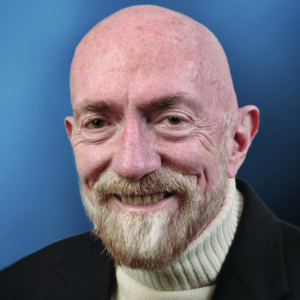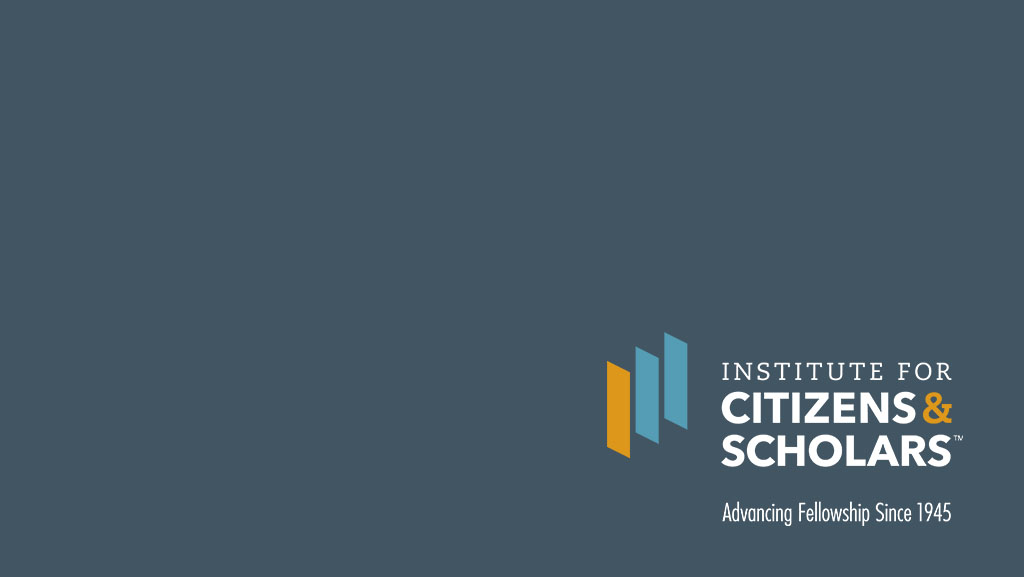News
From the Newsletter: A Stellar Career: Kip S. Thorne WF ‘62

In September 2015, two massive detectors—one in eastern Washington and one in Louisiana, each 4km long—simultaneously confirmed the existence of gravitational waves, recorded direct evidence of black holes, observed two black holes colliding, and launched a new discipline, gravitational wave astronomy.
It was a remarkable day’s work for Kip S. Thorne WF ’62, Feynman Professor of Theoretical Physics, Emeritus at Caltech, and last year it garnered him and his colleagues a remarkable array of awards: the Special Breakthrough Prize in Fundamental Physics (twice as large as the Nobel), the Shaw Prize, the Gruber Prize in Cosmology, the Tomalla Prize, the Georges Lemaître Prize, and, the Kavli Prize in Astrophysics. Science called it “the breakthrough of the year.” In October 2017, the three LIGO founders were awarded the Nobel Prize in Physics.
And all that, of course, on top of the five 2015 Oscars for his movie.
“I feel a profound sense of satisfaction and great enthusiasm for the future,” Dr. Thorne said last year in a Kavli Prize roundtable discussion of his discoveries. “I had thought since the early 1980s that the first thing we would see is what we saw, the signature of black holes merging. It all worked out the way that I had expected.”
The 2015 discovery by LIGO (the Laser Interferometer Gravitational Wave Observatory), which Dr. Thorne co-founded in 1984, was just the latest in a string of findings about gravitational waves, spacetime, and black holes that have made Dr. Thorne a legend in astrophysics. After completing his Ph.D. at Princeton University in 1962 on a Woodrow Wilson Fellowship, Dr. Thorne began a 42-year career at Caltech. He soon gained a reputation not only as a pioneering theoretician and researcher, but also as a generous mentor and a gifted explainer of science to lay audiences.
The latter bent led Dr. Thorne, in 2009, to leave the Feynman Professorship and undertake new writing projects, including the creation of Interstellar, the 2014 blockbuster movie that won the 2015 Academy Award for Best Visual Effects. Dr. Thorne, who served as executive producer and science advisor, crafted the understanding of black holes and relativity that lay at the heart of the film.
“To a great extent, my motivation here was to try to use the movie as a lure to get people who might otherwise not have much interest in science curious about it, by exposing them to strange, exotic phenomena like wormholes,” said Dr. Thorn in an interview with Scientific American in 2014. “The central thing is to get people excited by this so that they focus on real science and technology and on making a big difference in our world with those tools.”
Well before Interstellar, Dr. Thorne was writing on advanced physics and astrophysics in ways that captured the imagination of physicists and non-physicists alike. The massive 1973 textbook Gravitation, which he co-authored with colleagues Charles Misner and John Wheeler, remains so widely known in the field that it is frequently referred to as “MTW,” for its authors’ initials, with no further explanation needed. On the other hand, his 1994 Black Holes and Time Warps: Einstein’s Outrageous Legacy, written for a general audience, has been translated into ten languages. Dr. Thorne has also authored more than 150 articles for scholarly journals, and has also written frequently for such popular publications as Scientific American and Collier’s Encyclopedia. TIME magazine named him one of its 100 Most Influential People for 2016.
While the discovery of gravitational waves comes after a long and already impressive career, Dr. Thorne told the Kavli Prize roundtable that it is just the beginning. “I think we succeeded in getting across the fact that we really are opening up a whole new way of observing the universe, a way that is going to be central to the human race’s exploration of the universe around us, not just for years or decades, but for centuries into the future.”
This story appeared in the spring 2017 issue of Fellowship, the newsletter of the Woodrow Wilson Foundation.

